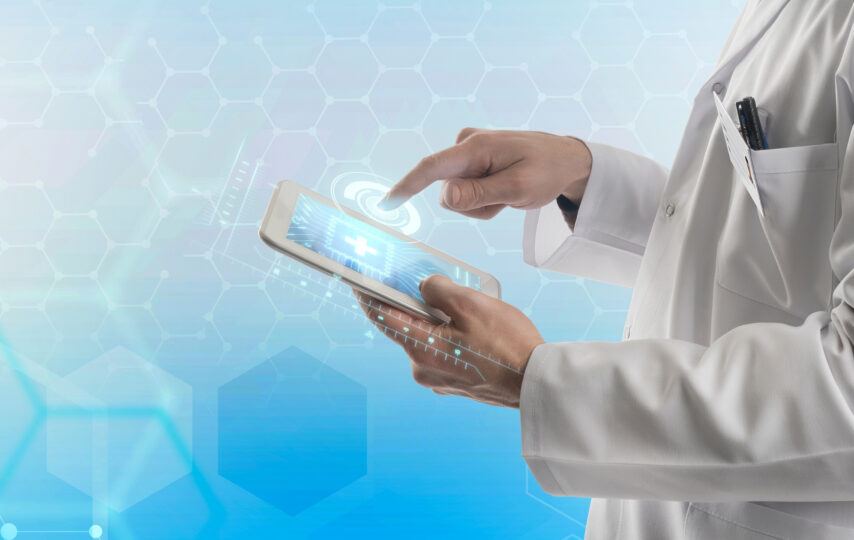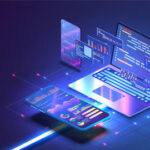Imagine receiving preventative care in a setting other than a hospital. This is becoming more common. Medical providers, Fortune 500 tech companies, and startups are all exploring new products and technologies that can revolutionize medical care. They also want to reduce hospital readmissions and allow patients in remote locations to receive the care they require.
Remote patient monitoring services are gaining popularity and there are no signs of slowing down. Remote patient monitoring could significantly improve the quality and outcomes of medical care. This could include onsite care at hospitals and clinics, as well as remote care in under-served areas of the country or developing countries.
These are the top trends in patient monitoring and the market drivers design engineers should consider. There is clearly overlap in IoT as it covers two key areas: the development of smart, connected remote patient monitoring devices and products, and the proliferation of big data.
- The market is being driven by an aging population that is vulnerable to chronic diseases
The world’s population is getting older. While people are living longer in good health, many people are also experiencing longer periods of chronic disease. This is putting pressure on healthcare resources and systems. The World Health Organization projects that the number of people 65 and older will rise from 524 million in 2010, to almost 1.5 billion by 2050. Most of this increase is in developing countries.
A study published in the Journal of the American Medical Informatics Association, (JAMIA), found that remote patient monitoring services can increase patient engagement and adherence to physician recommendations for managing chronic conditions.
- Internet of Things (IoT), which is increasingly used for remote monitoring and other healthcare applications, has become a major player.
The Internet has revolutionized everything, and most would agree. Many believe that the Internet of Things will bring about yet another revolution in healthcare. IoT will allow providers and patients to collaborate for better chronic disease management, deeper engagement, more open communication, and greater effectiveness.
It promises to significantly improve the effectiveness and quality of healthcare by integrating IoT features in medical devices. This will be especially beneficial for patients with chronic conditions and the elderly. IoT-driven healthcare services are gaining popularity.
Wearable remote patient monitoring devices with sensors, actuators and other mobile communication methods allow for patient data to be constantly monitored and transmitted via cloud-based platforms. These devices can notify nurses and doctors of any important changes in vital signs.
Also Read: Future of Remote Patient Solutions in 2021
- Healthcare industry’s focus is shifting towards value-based, patient-centric healthcare and outcomes.
Are healthcare providers and companies moving towards value-based care? According to industry analysts, yes. Industry analysts agree. It is about the quality of the care, not the quantity.
Here’s where technology and new remote patient monitoring devices could have a huge impact. In some cases, it already has. Data sensors can be used to help health care providers detect potential problems in prosthetic knee joints. They will also help them analyze the pressure patterns and bilateral force distributions across the lower extremity.
Also Read: Remote Patient Monitoring: Best Solutions During Covid-19 Pandemic
The provider also benefits from 24/7 remote patient monitoring services, which allows them to adjust treatment and avoid the extra costs associated with prolonged recovery.
Also Read: Improve Quality of Care with VIP Remote Health’s RPM Software








